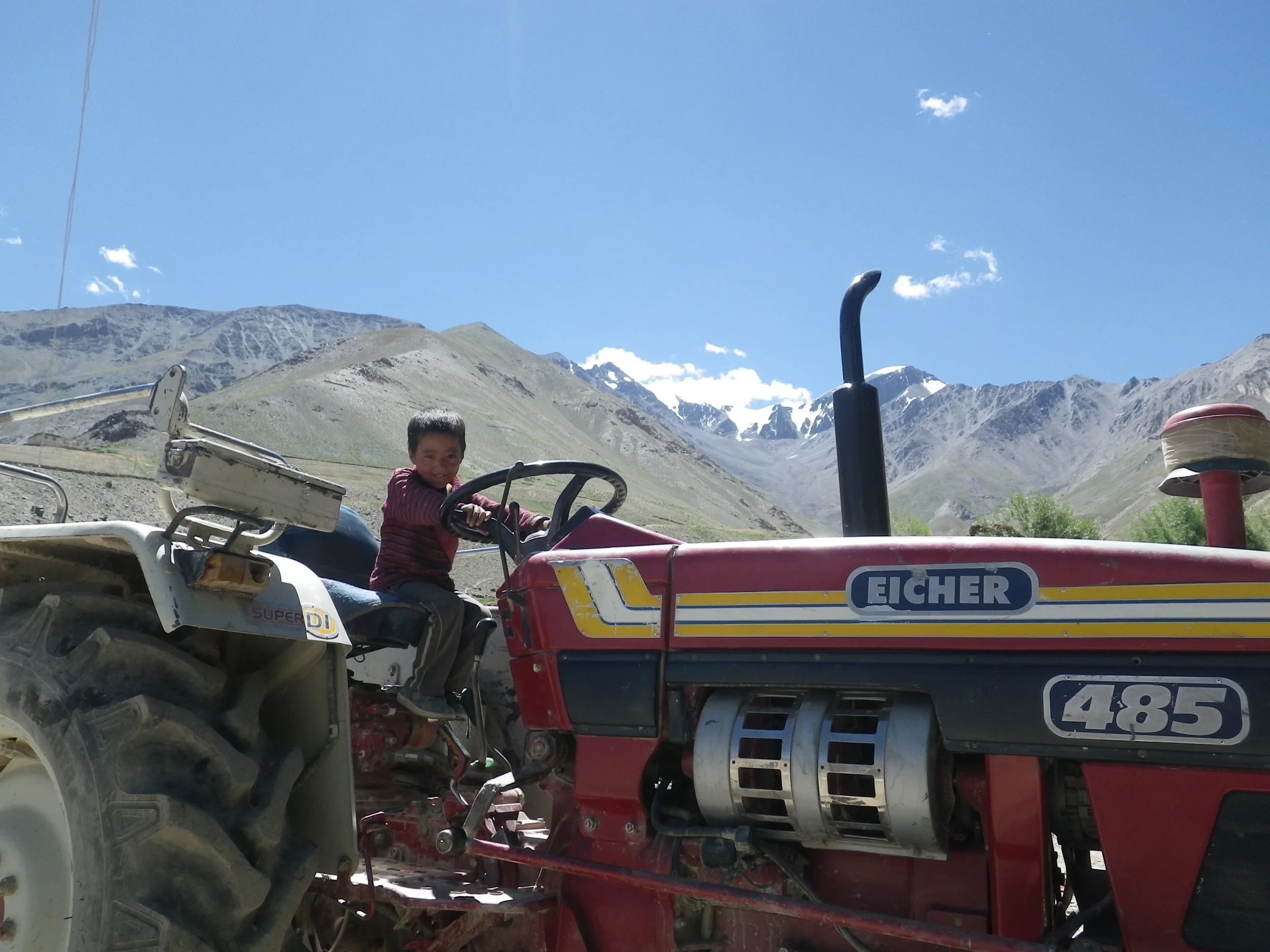
The Traditional Hearth
This mud stove is the primary cooking device of this household in the Langtang Valley of Nepal. Villagers harvest wood over a day’s walk away, and carry it home on their backs. Hearth fires for cooking and heating produce 25 percent of global black carbon emissions.

Fueling Survival - and a Silent Epidemic
A woman spreads liquid yak dung to dry on a rock in Nepal's Khumbu Valley, near Mt. Everest. Almost three billion people rely on solid fuels like wood and dung for cooking and heating in crude stoves or open hearths. The smoke produced threatens snow and ice from the Arctic to the Himalaya, and kills four million people around the world each year.

The Killer in the Kitchen
An image from a pamphlet distributed by an NGO to raise awareness of the dangers of household air pollution—the biggest health risk factor in South Asia—in Nepal's northern Rasuwa District.

To Eat... or to Breathe?
This family in rural Yunnan Province gathers daily around an open wood fire in a soot-caked corner of their kitchen.

Soot on the Roof of the World
A stovepipe in a yak-haired tent near Mt. Everest base camp sends smoke skyward. Researchers have found concentrations of black carbon in the Everest area equivalent to levels in downtown Los Angeles.

The World's Primary Mover
Diesel trucks dominate the roads of developing Asia, including this one in China's Yunnan Province. Diesel transport accounts for about 20 percent of global black carbon emissions.

Where There are Roads...
... there is soot. This road-building crew in central Tibet expands the limits of diesel's empire.

Burning for Building
Roughly 9 percent of the world's airborne black carbon comes from industrial sources, such as this brick kiln on the outskirts of Kathmandu, where piles of coal will be burned to fire piles of bricks.

The Price of Power
This soot-spattered structure houses the diesel generators that provide electricity to Padum, the main town of the Zanskar Valley in northwest India, for a few hours each night. Almost 400 million Indians still lack access to electricity; those who do have power are subject to frequent outages, leading them to rely on expensive, polluting diesel generators as a backup.

In the Driver's Seat
A boy pretends to steer a diesel-powered tractor in the drought-stricken village of Kumik. The extent to which we clear our skies of black carbon will help determine how bright—or dark—his generation's future might be.









